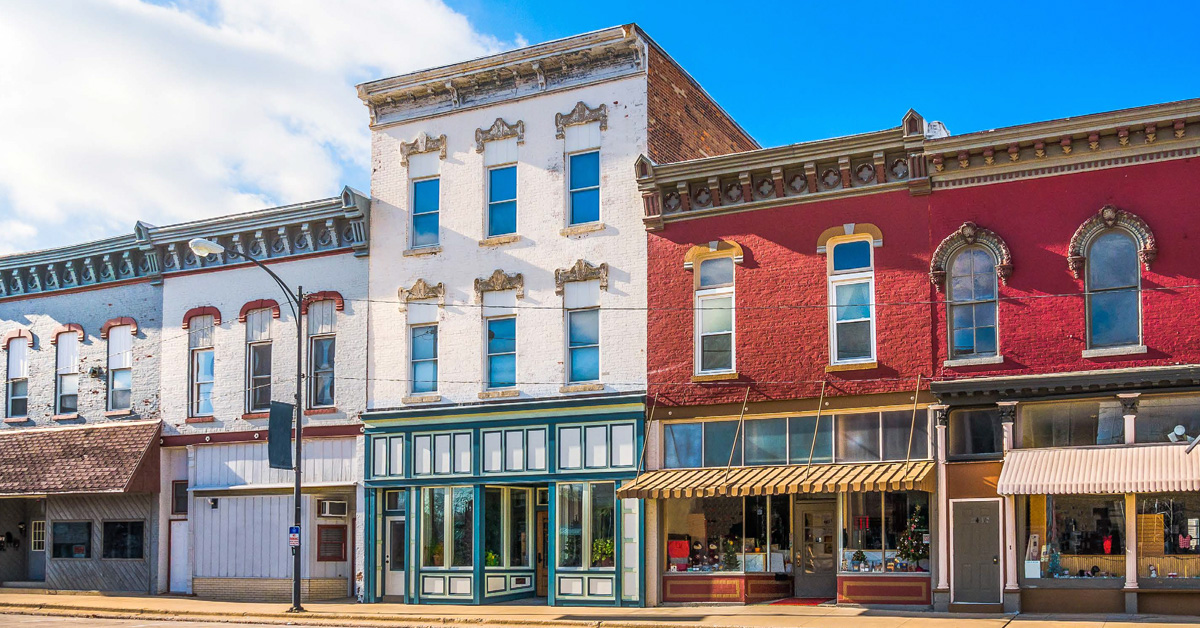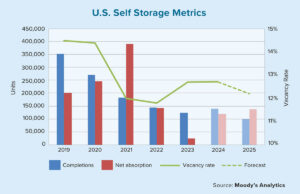If you are hunting for a new source of commercial real estate deal flow, take a closer look at projects that leverage federally designated opportunity zones. Projects in these areas are loaded with special tax incentives. Although investors are bringing plenty of private capital to these opportunity zones, there’s still room for commercial mortgage brokers to play an important role in obtaining funds for neighborhoods that have struggled.
Opportunity zones were created by the Tax Cuts and Jobs Act of 2017 to help improve neighborhoods with higher unemployment rates and a significant number of lower-income residents. There are more than 8,700 opportunity zones in every state and territory across the country. The government has tried to create a win-win situation by offering compelling tax incentives that attract investments in underserved areas. This, in turn, is expected to bring more economic opportunity and a better quality of life for the people in these communities.
Hundreds of real estate funds have sprung up to invest in development projects within opportunity zones. Investors can put their money to work directly in projects they own and manage, or they can invest in a qualified opportunity fund, a vehicle organized specifically for injecting money into designated opportunity zones.
The program offers investors the ability to defer capital-gains taxes from a previous investment in return for investing in an opportunity zone. Consequently, this enables the investor to put more capital to use. Investors in qualified opportunity funds also can eliminate a percentage of their tax liability from the original gain by holding their investments in an opportunity fund for at least five to seven years. The longer you keep that money in an opportunity fund, the greater the tax savings. Furthermore, if an investor holds their money in an opportunity fund for 10 years, they can expect to pay no capital gains on any profits from their investment.
People searching for socially conscious investments can be assured that many of these projects will target development in areas of the country that need it most.
Debt financing
Even though opportunity zones represent an exciting tax-deferral opportunity, they do not change the fundamentals of a deal. Every real estate deal has to make sense based on the value of the asset, and the expected proceeds from its sale or lease. The capital-gains tax benefits through opportunity zones only apply to equity investments, but real estate deals are almost never done without using debt.
The law of large numbers suggests that with nearly 9,000 opportunity zones across the country, there are going to be some excellent development opportunities in your neighborhood. Although there may be private investment capital courtesy of qualified opportunity funds, debt financing is always going to be part of the equation.
Commercial banks, however, are likely to remain wary of projects in opportunity zones because of the depressed economic conditions of many of these neighborhoods. Therefore, this can be a perfect opportunity for experienced hard-asset lenders. Private lenders can fund the early stages of a project when banks hesitate, and they can exit when the opportunity fund allocates more equity in the asset, the primary investor refinances the initial loan through a bank or institutional lender, or some combination of the two.
The best way to close deals in opportunity zones is to get to know the ones closest to your home turf. Visit these neighborhoods and network with civic leaders. Once you understand the lay of the land, then it’s time to talk to the opportunity-fund allocators and see how close they are to funding and launching development projects. These projects are likely to include residential, commercial, mixed-use and industrial or warehouse assets. Some will involve ground-up construction, while others may be rehabilitation projects. Still others will require environmental clean-up efforts, which can tap into other types of federal tax incentives.
Draw up a strategy for the optimal deal size, term, market conditions and financial structure for projects in these neighborhoods. It’s also important not to get drawn into any of the hype associated with opportunity zones and associated tax incentives. Consider each project on its fundamental merits as if it were not located in an opportunity zone.
If you’d do the deal in a non-opportunity zone location, then it’s worth proceeding. But if the deal only makes sense due to an expectation of additional private capital being unlocked by the opportunity fund at an undefined date in the future, then it’s time to look for something else.
Reason for optimism
There’s still a bit of a “Wild West” mentality with opportunity zones at this early stage, however. In many cases, the fund allocators are not experienced real estate investors or developers, but entrepreneurial types that were drawn by the fresh ink of this particular section of the tax reform.
The text of the tax bill was released at the end of 2017. The legislation came without any public hearings or discussion about the policy within it. It also was unexpected. The new capital-gains tax deferrals around opportunity zones largely occurred from out of the blue and initially attracted wide interest from investors.
Opportunity zones have their skeptics. Concerns include the long holding periods and high fees. And according to some investment companies, allocators have been slow to funnel capital into projects. Many investors are still sitting on the sidelines, waiting to see if the funds fulfill their promise.
Given our turbulent political environment, it is reasonable to be skeptical about legislation that lasts for many years. The good news about opportunity zones is that both political parties have embraced their potential for spurring economic growth in communities that desperately need assistance. Additionally, the 50 state governors designated the boundaries of opportunity zones in their respective states.
Many governors, mayors and community leaders have updated their economic-development plans to further incentivize investments in opportunity zones.Ohio, for example, created a provision that gives investors an additional 10% state tax credit for placing their money in one of the state’s 320 opportunity zones.
There are many reasons to love opportunity zones. Aside from the tax benefits of the funds, they represent a great way to give back to communities and extend a brighter future to less-advantaged neighbors. People searching for socially conscious investments can be assured that many of these projects will target development in areas of the country that need it most. They can be a powerful driver of transformative investment and economic development in our nation’s low-income neighborhoods.
• • •
Commercial mortgage brokers and lenders, however, still need to evaluate each deal on its own merits. With conceivably thousands of deals to choose from, the potential of opportunity zones is bright indeed.
Author
-
Jeff Levin is the founder and president of Specialty Lending Group and Pinewood Financial, which together provide a full suite of boutique private real estate lending services in the Greater Washington, D.C. area. Levin is a recognized authority on real estate investing and, as such, is a frequent lecturer and panelist. He lives on Capitol Hill with his wife and two sons.
View all posts






